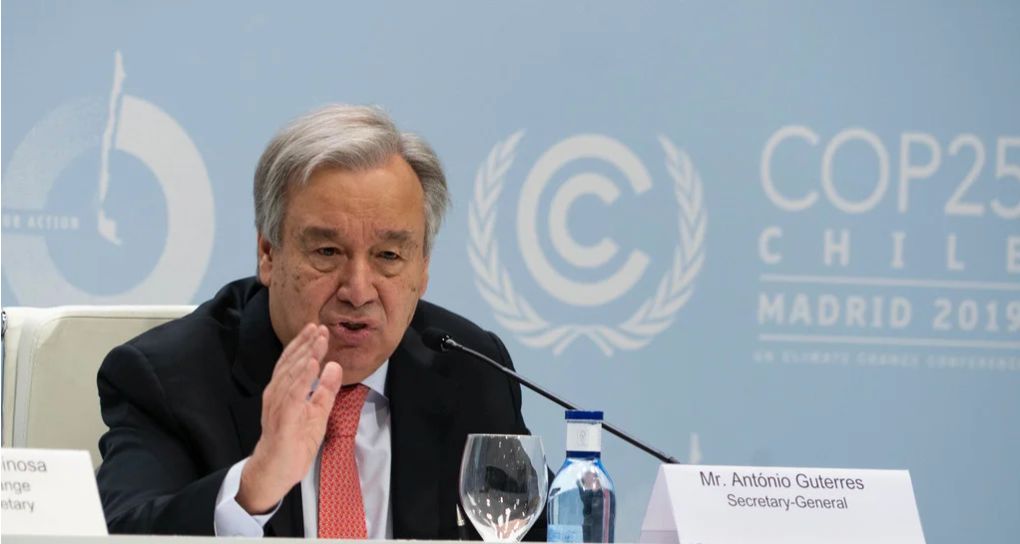Climate Action – Political Alliances

Political Alliances
Political alliances have helped climate action by bringing together resources and influence to push for policies and cut emissions.
Some Regional groups have lowered power sector emissions. They have done so by setting emissions caps and using the auction money to fund clean energy and efficiency. This coalition has support from both major parties and has lasted through political challenges. It shows how states working together can achieve climate goals more effectively.
The Global Stage
On the global stage, agreements like the Paris Agreement bind most nations to limits on warming. Countries agree to make climate action plans, report progress, and raise their ambitions. These agreements create a framework for national policies and cooperation on issues such as cutting pollution and protecting forests. While there is a gap between targets and actual actions, these alliances form the base for worldwide climate efforts.
Industry Alliances
Some groups work against climate action. Industry alliances, especially in fossil fuels, use lobbying to block rules and cast doubt on climate science. This slows progress and divides public opinion. Still, climate supporters build alliances to counter these forces and push for stronger laws.
A Canadian Example – Canada’s Low Carbon Economy Fund (LCEF)
Canada’s Low Carbon Economy Fund (LCEF) is a cornerstone for forging regional alliances to accelerate climate action. Its role is to bring together provinces, territories, Indigenous governments, and local partners. Its core mission is to enable collaborative, regionally tailored efforts. Efforts that help Canada reach its national emission reduction targets. And to foster clean growth, and build resilient communities[1][2].
Pillars of Regional Climate Alliances
The LCEF is organized into four main streams, each serving as a vehicle for political and regional alliance-building:
- Leadership Fund: Directs funding to provinces and territories. Provinces that have signed onto the Pan-Canadian Framework on Clean Growth and Climate Change. This fosters intergovernmental agreements and enables regional governments to initiate climate programs attuned to their priorities. Home energy retrofits, public building upgrades, and local energy transitions[3][4].
- Indigenous Leadership Fund: This stream strengthens partnerships with First Nations, Inuit, and Métis communities. Empowering them to lead renewable energy, retrofitting, and energy efficiency projects.
- It supports initiatives from planning and feasibility to deployment and capacity-building. Honouring Indigenous climate leadership as a central ally in Canada’s climate landscape[4][5].
- .Low Carbon Economy Challenge: Open to businesses, nonprofits, municipalities, and other organizations. It funds competitive projects designed to scale up proven low-carbon solutions through broad regional participation[2][1].
- Implementation Readiness Fund: Helps under-resourced organizations, Such as smaller communities or emerging regional alliances, prepare to deploy GHG reduction projects. Investing in workforce training, feasibility studies, and technical support. This stream increases the inclusivity and effectiveness of regional climate networks[6][4].
Mechanisms Advancing Regional Climate Action
The LCEF relies on several key mechanisms:
- Merit-based Proposal Evaluation: Provincial and territorial projects are selected through transparent, merit-based assessment. Encouraging regions to put forward ambitious and cost-effective proposals. Proposals that align with both local priorities and federal climate goals[1][3].
- Co-funding Arrangements: Federal LCEF dollars are frequently matched by provincial funding, creating robust financial alliances that multiply total climate investment. For example, Newfoundland and Labrador matched $44.7 million in federal support with their own funds. Supporting a diverse package of local climate programs[3].
- Bilateral Negotiations: Ongoing consultations between federal and provincial/territorial analysts and officials help adapt programs to shifting political priorities. Ensuring that local needs and opportunities are reflected and that regional partners remain invested in implementation[1].
- Capacity Building: Dedicated advisory support and increased program staff ensure applicants have direct access to experts and resources. The goal is to improve the design and execution of regional climate actions. This mechanism particularly strengthens Indigenous and small community projects. Where capacity gaps may limit climate ambition without federal support[1][5].
- Monitoring and Reporting: Every funded project must deliver measurable, incremental GHG reductions and regularly report progress. This is a critical mechanism for accountability and learning among regional partners[3][1].
How Regional Alliances Are Shaping Canada’s Climate Response
By incentivizing provinces, territories, Indigenous governments, municipalities, and nonprofit organizations to work together using shared financial and technical resources. The LCEF is building a patchwork of engaged, capable political alliances. These partnerships foster innovation, regional adaptation, and broader social benefits. Making Canada’s climate response more resilient and equitable[2][1][5].
Provinces and territories often highlight that the Leadership Fund has helped them to start new climate initiatives, rather than simply expand existing efforts. It cultivates a more ambitious and diverse set of regional alliances dedicated to Canada’s climate goals[1][3].
Political Alliances Shape Climate Action
Political alliances shape climate action. They strengthen policies, overcome resistance, boost investment, and encourage global cooperation. Their success relies on unity, clear goals, open reporting, and smart navigation of political and economic hurdles.
Sources
[1] Evaluation of the Low Carbon Economy Fund: https://www.canada.ca/en/environment-climate-change/corporate/transparency/priorities-management/evaluations/low-carbon-economy-fund.html
[2] Low Carbon Economy Fund: https://www.canada.ca/en/environment-climate-change/services/climate-change/low-carbon-economy-fund.html
[3] Low Carbon Economy Leadership Fund: https://www.gov.nl.ca/ecc/occ/low-carbon-economy-fund/
[4] Low Carbon Economy Challenge https://publications.gc.ca/collections/collection_2023/eccc/En4-323-2023-eng.pdf
[5] Retrofit program empowers a clean energy future in the North: https://environmentjournal.ca/renewable-energy-retrofit-program-powers-a-clean-energy-future-in-northern-canada/
[6] The Low Carbon Economy Fund – Implementation: https://hellodarwin.com/business-aid/programs/impementation-readiness-fund speeding climate action by linking economics with climate goals.
